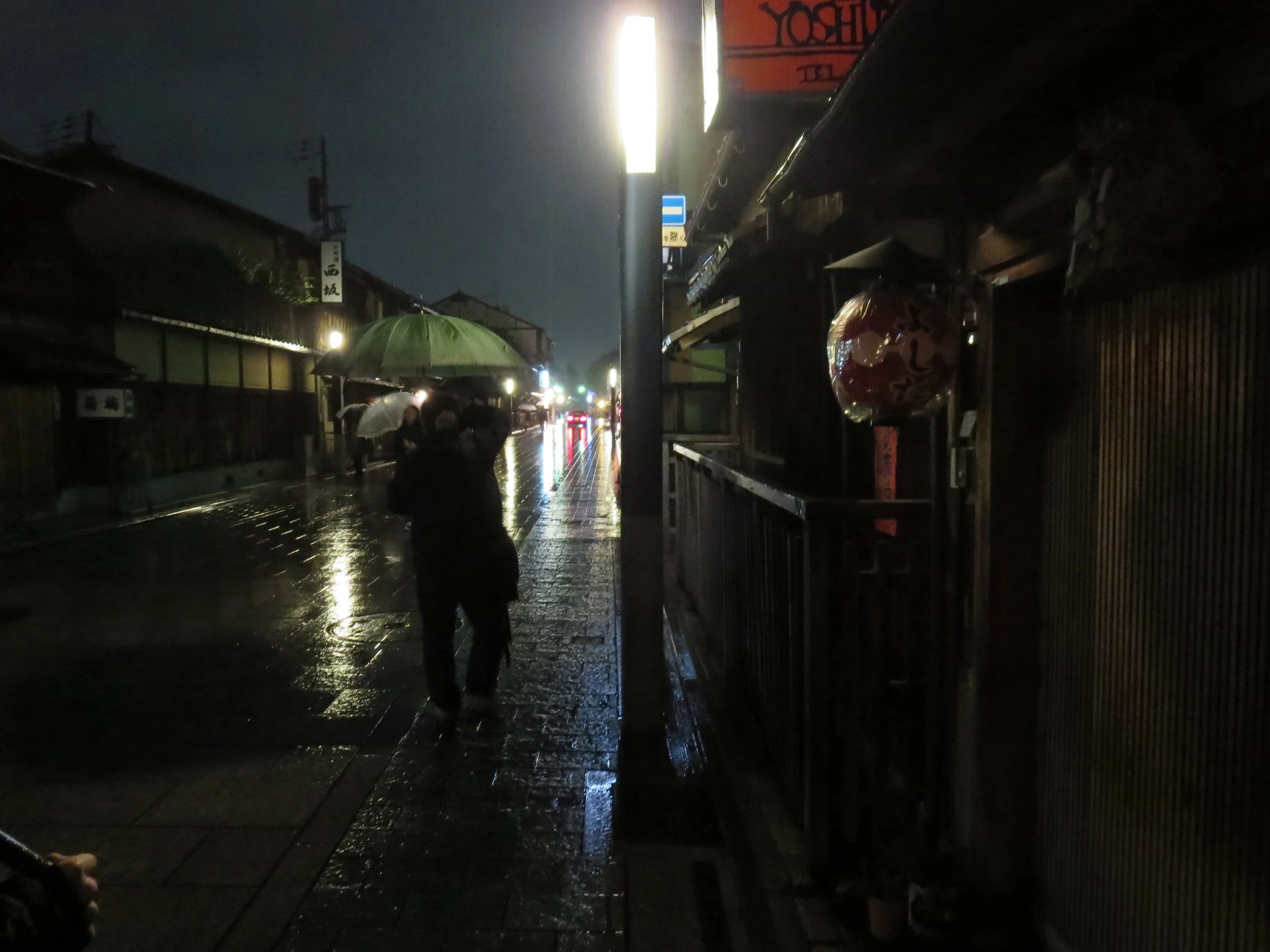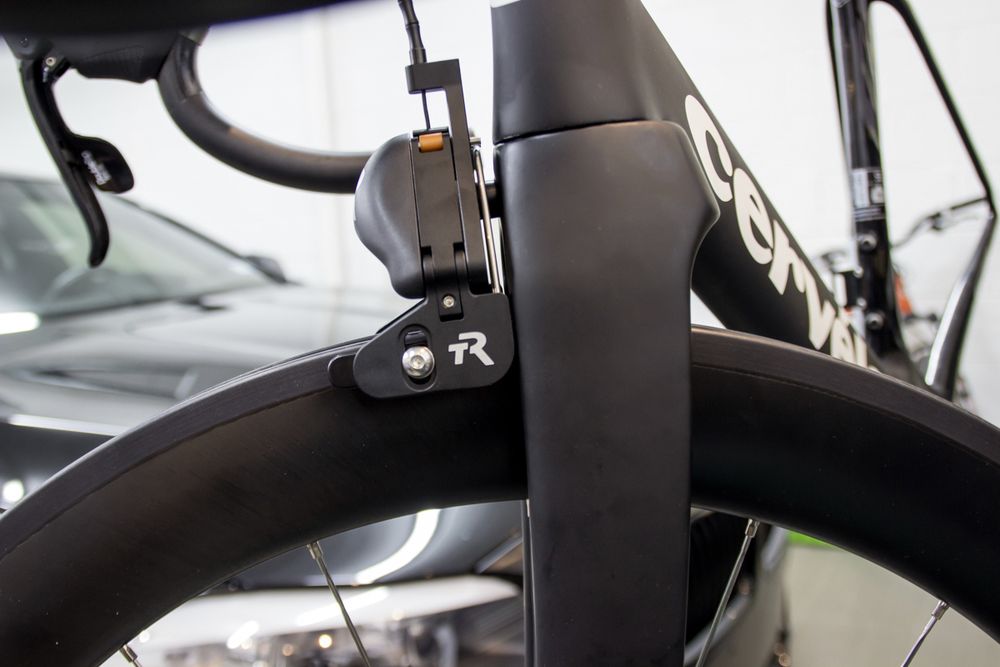The gold bike lives!
We've made it to the rebuild of my old Specialized Allez. In case you need caught up:
Part 1: Disassembly
Part 2: Painting It Goooooold
Here's where we left off, with the frame all painted and ready to have the new parts installed:
| Component | Weight (grams) | Notes |
|---|---|---|
| Frame with paint | 1,473 | 2010 Specialized Allez, includes seatpost clamp |
| Fork | 576 | Alloy steerer, carbon fork |
| Stock seatpost with Hardware | 318 | Specialized Alloy |
| Seat | 310 | Specialized Rival 143 |
I went with Shimano's 11-speed Ultegra 6800 Groupset. It's an excellent groupset at any price, but happens to be quite affordable as well. The first item to go back on was the 68mm BSA English threaded bottom bracket. 68mm is the width of the thread shell in the frame, and the two threaded cups below screw right in. This is Shimano's HollowtechII standard.
| Component | Old Part Weight (grams) | New Part Weight (grams) | Notes |
|---|---|---|---|
| Bottom Bracket | 317 | 74 | Old = square taper, New = BBR-60 HTII |
That's a 243g saving, just in the bottom bracket! Hopefully this trend will continue and help lighten this bike up significantly.
I greased the threads up with some heavy-duty marine grease, then used Park Tool's BBT-9 installation tool to tighten it up.
I ordered the complete groupset together. Opening the box was like Christmas!
The crankset I ordered was 170mm cranks with a semi-compact 52-36T chainring set.
| Component | Old Part Weight (grams) | New Part Weight (grams) | Notes |
|---|---|---|---|
| Drive-side crank w/ rings | 795 | 482 | Old = 170mm FC-2303, New = 170mm FC-6800 |
| Non-drive crank arm | 227 | 192 | Old = 170mm FC-2303, New = 170mm FC-6800 |
Another 348g saved. That's a total of 591g so far. Some light tapping with a rubber mallet helped slide everything nicely into place.
I re-installed the cable guide beneath the bottom bracket while I was down there. This is the original piece.
The rear brake was next. Fortunately, I learned during my disassembly that you don't in fact have to take the brake apart to install it. It just installs via one bolt and special long nut through the frame.
| Component | Old Part Weight (grams) | New Part Weight (grams) | Notes |
|---|---|---|---|
| Rear brake | 176 | 168 | Old = ?, New = BR-6800 |
The old brake wasn't too heavy; we save just 8g here, but the stopping power and modulation is supposed to be much improved. Cumulative weight savings: 599g.
The rear derailleur hanger bolted right back into place.
I couldn't resist mounting up my rear disc wheel that I use for triathlons, just to see how it looked. So sweet.
The rear derailleur went on next. I got the short cage (model number: RD-6800-SS) as I'm only running a 11-28T cassette. The medium-long cage (RD-6800-GS) would be needed if I were running an 11-32T rear cassette. Considering my century rides contain less than 200ft. of total climbing, I don't really need that 32-tooth gear.
| Component | Old Part Weight (grams) | New Part Weight (grams) | Notes |
|---|---|---|---|
| Rear Derailleur | 274 | 198 | Old = RD-2300, New = RD-6800-SS |
Weight savings: 76g. Cumulative Savings: 675g.
Next up: Front derailleur. I couldn't find any retailer that was stocking a band-on type front derailleur, so I ordered the braze-on version, then threw in an adapter clamp to mount it. A band-on derailleur has a clamp that is part of the front derailleur (for older bikes), while a "braze-on" just has a bolt that goes through a slotted tab that is part of newer bike frames.
| Component | Old Part Weight (g) | New Part Weight (g) | Notes |
|---|---|---|---|
| Front derailleur | 128 | 103 | Old = FD-2303 w/ chain catcher, New = FD-6800 w/ clamp |
Weight savings: 25g. Cumulative Weight Savings: 700g.
I reinstalled the fork and stem next. It was a little tricky to get the caged-ball-bearings in place, then slide the fork into the right position and tighten the top cap and the stem without something falling out of position. All of these parts are from the original bike, so no weight savings here.
One of the (if not THE) largest contributors to aerodynamic drag is rider position. Part of your position is how far apart the hands and arms are. On the very aerodynamic side of the scale lies the aerobars seen on time trial and triathlon bikes, where the arms are as close together as possible. The other end would be mountain bike bars that are spaced super far apart.
The original handle bars were 42cm wide at the top. I want to be as aero as possible on my road setup, so I decided to try 38cm wide bars. This will move my hands and arms closer in, and hopefully reduce the parachute effect. The disadvantage will be a lessening of control, as well as possibly comfort. Due to the fact that it might work out horribly, I bought a cheap pair of 38's to try: FSA Omega Compacts to try.
| Component | Old Part Weight (g) | New Part Weight (g) | Notes |
|---|---|---|---|
| Handlebars | 352 | 296 | Old = Specialized Alloy Comp 42cm, New = FSA Omega Compact 38cm |
Weight Savings: 56g. Cumulative weight savings: 756g.
Front brake next. Installed the same as the rear.
| Component | Old Part Weight (g) | New Part Weight (g) | Notes |
|---|---|---|---|
| Front Brake | 177 | 172 | Old = ?, New = BR-6800 |
Weight savings: 5g. Cumulative weight savings: 761g.
Again, I couldn't help sticking my tri wheels on to see how it looked. Very track bike.
Finally it was time to tackle the brakes and shifters. I was a bit nervous about this, having never cabled a bike before.
First, I bolted the "brifters" (brake/shifter) or, STI levers, onto the handlebars. They tighten with one bolt that secures the silver band clamps that you see above. I took my best guess at where they should mount on the bar. So far so good.
| Component | Old Part Weight (g) | New Part Weight (g) | Notes |
|---|---|---|---|
| (1) STI Lever | 221 | 204 | Old = ST-2303, New = ST-6800 |
Weight savings: 17g each. Cumulative weight savings: 795g.
I found that there were two different thicknesses of cable, as well as two different types of housing that came with the STI set. The thicker cable is for brakes, as seen below. I confirmed all the thicknesses with my trusty dial caliper.
The brake cable snakes through the front, like this.
The housing then slides over it and sits nicely in a pocket in the STI lever.
Kind of tough to see, but the shift cable threads through from the outside.
Then into the housing.
Cables everywhere! I didn't realize the garage was such a mess in the background. How embarrassing.
I used a Pedro's Cable Puller to help tension the cables. With external cabling, getting this all done was actually quite a straight forward task.
To help align the brakes, I installed the wheels that I'll be using for now. These are actually DT Swiss Axis 2.0's taken off my 2015 Shiv. I plan on getting some Flo 60's in the future, but these will work for now.
| Component | Old Part Weight (g) | New Part Weight (g) | Notes |
|---|---|---|---|
| Front Wheel w/ tire | 1365 | 1265 | Old = Alexrims S500, New = DT Swiss 2.0 |
| Rear wheel w/ cassette and tire | 1972 | 1839 | Old = Alexrims S500 8sp, New = DT Swiss 2.0 11sp |
Weight savings: 233g. Cumulative weight savings: 1028g.
Shimano provides this handy tool with the front derailleur to help align the cable for optimum shift performance.
I used the 6800 series chain that came with the groupset. Nothing too fancy (for now).
The last thing to do was wrap the handlebars. I used a Deda tape that I thought looked sweet.
Done! I'm really happy with how it came out. It looks awesome and is so much nicer to ride, thanks to the new groupset. The next step is to get some aero wheels that suit the flatland riding found in my area. It's not a light bike, but I haven't put any effort or money into light components, so not too surprising there. I just took a guess at a position for the spacers, drop bars, and seat; I'll fine tune as I ride.
| Component | Old Part Weight (g) | New Part Weight (g) | Notes |
|---|---|---|---|
| Complete Bike | 10,387 | 9,344 | Old = 22.9 lbs, New = 20.6 lbs |
















































































































